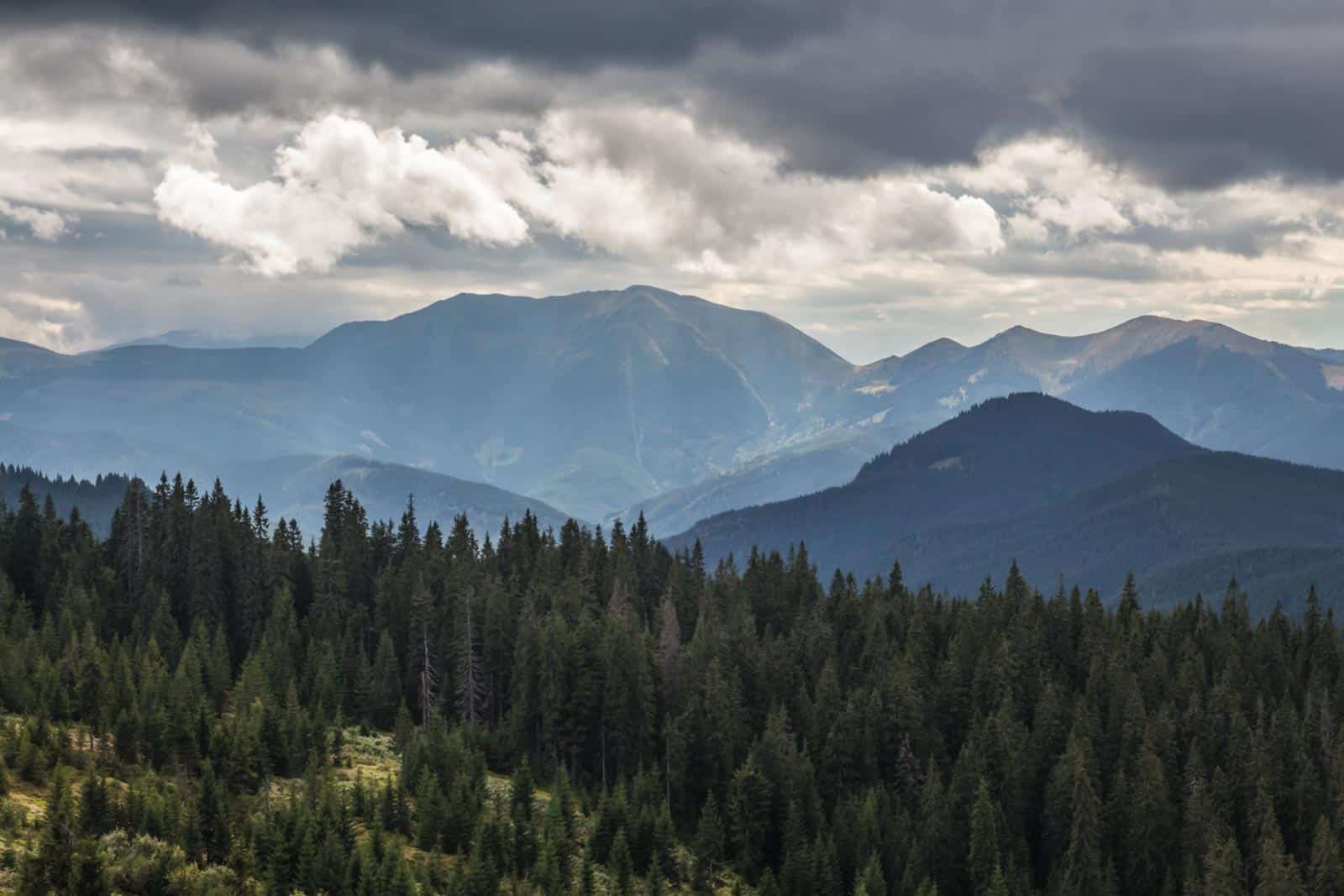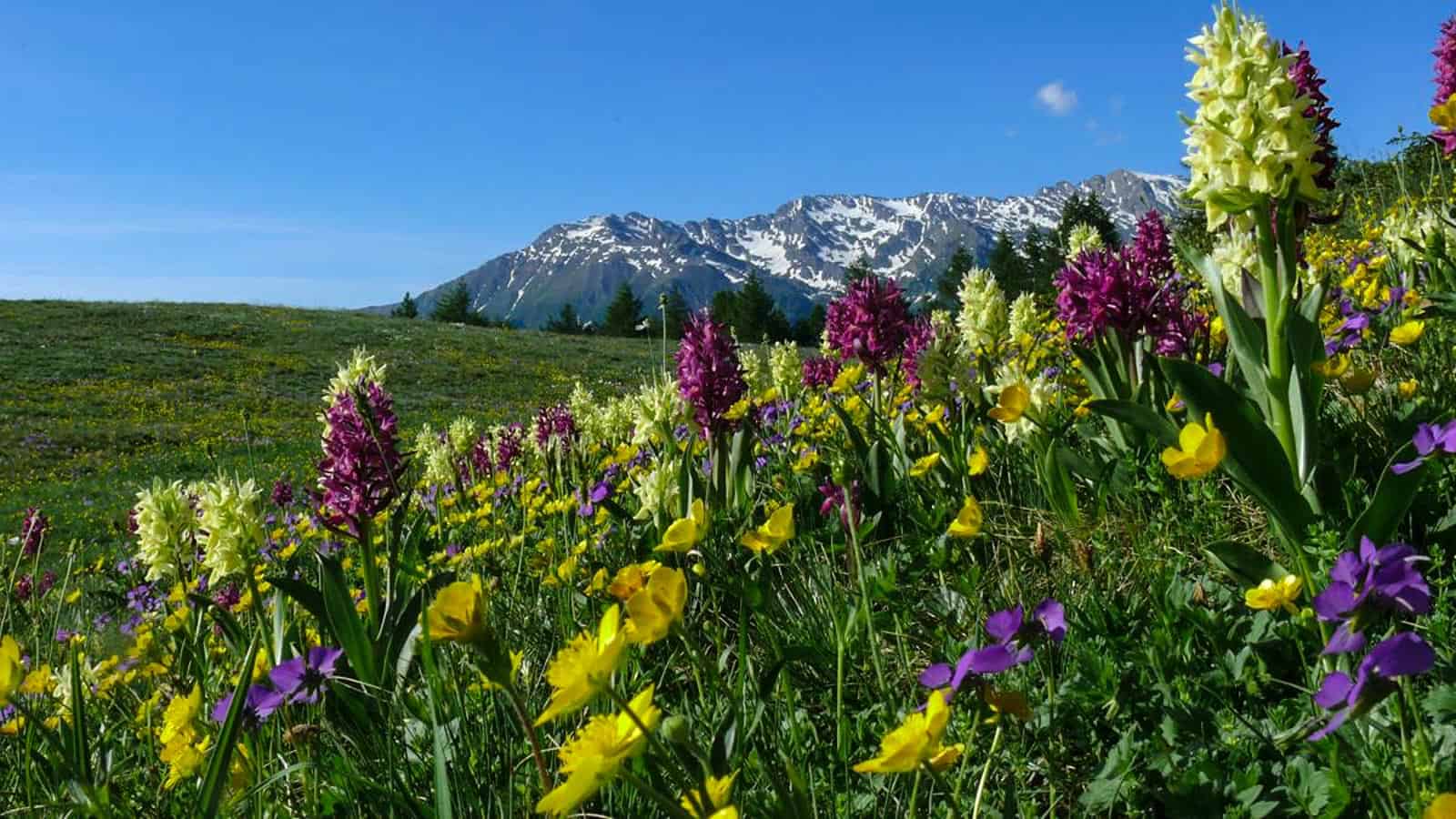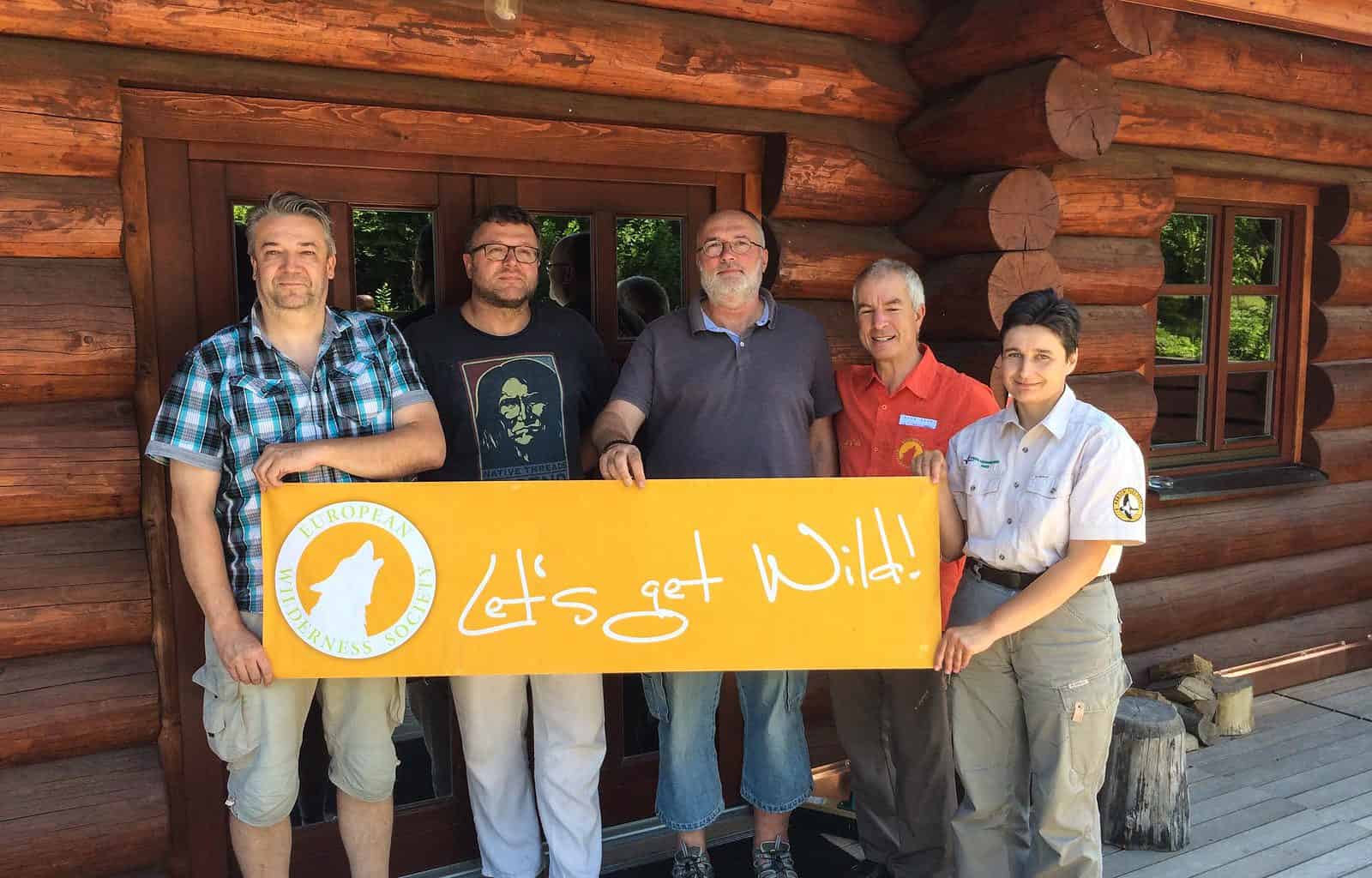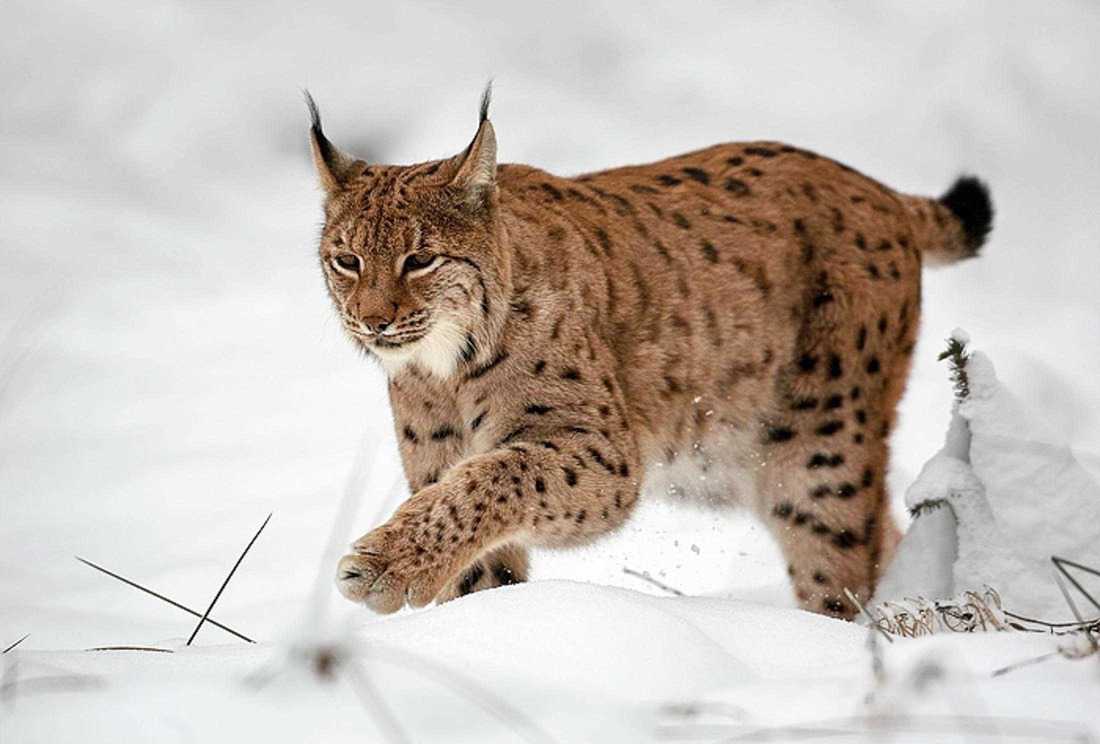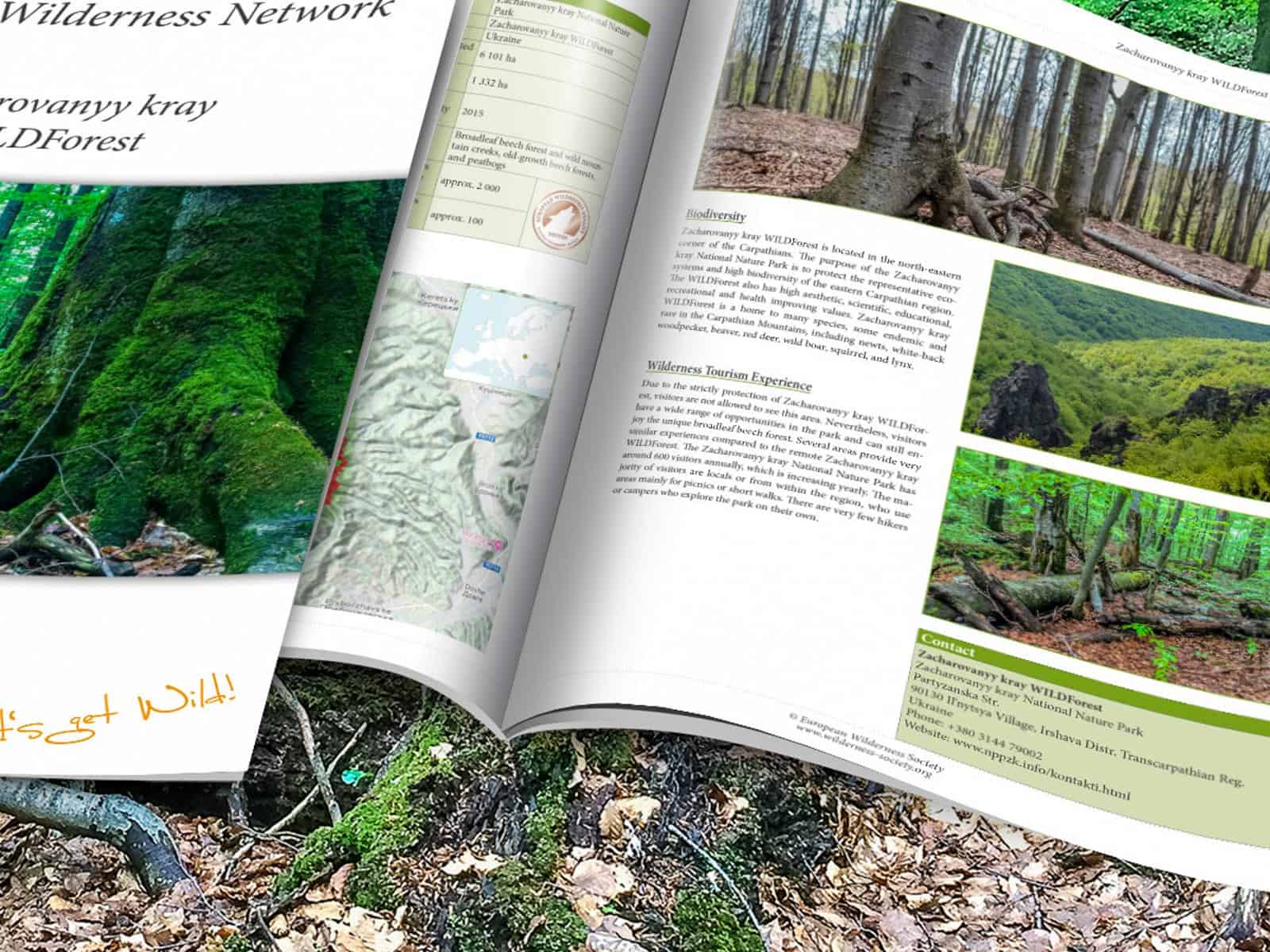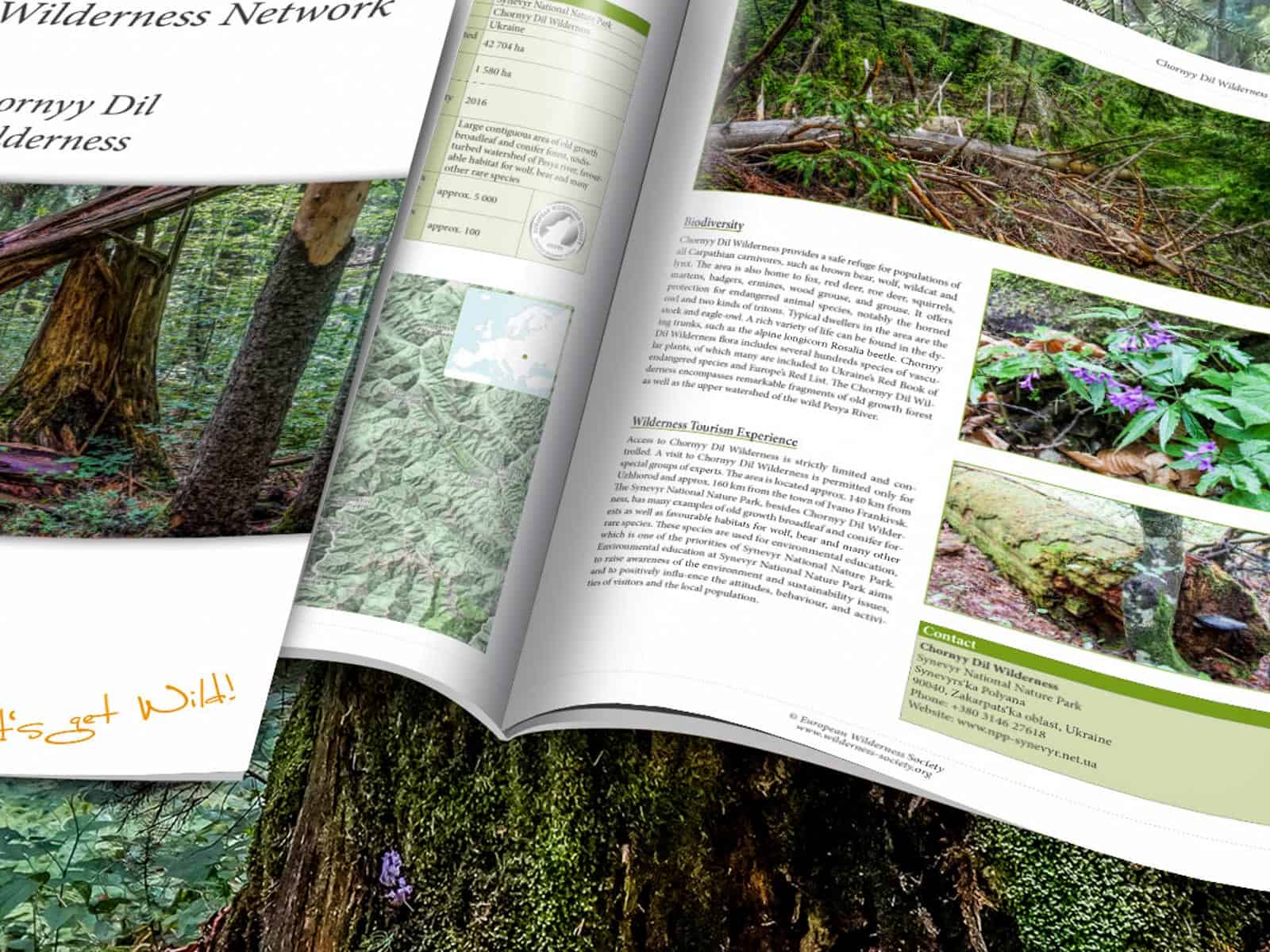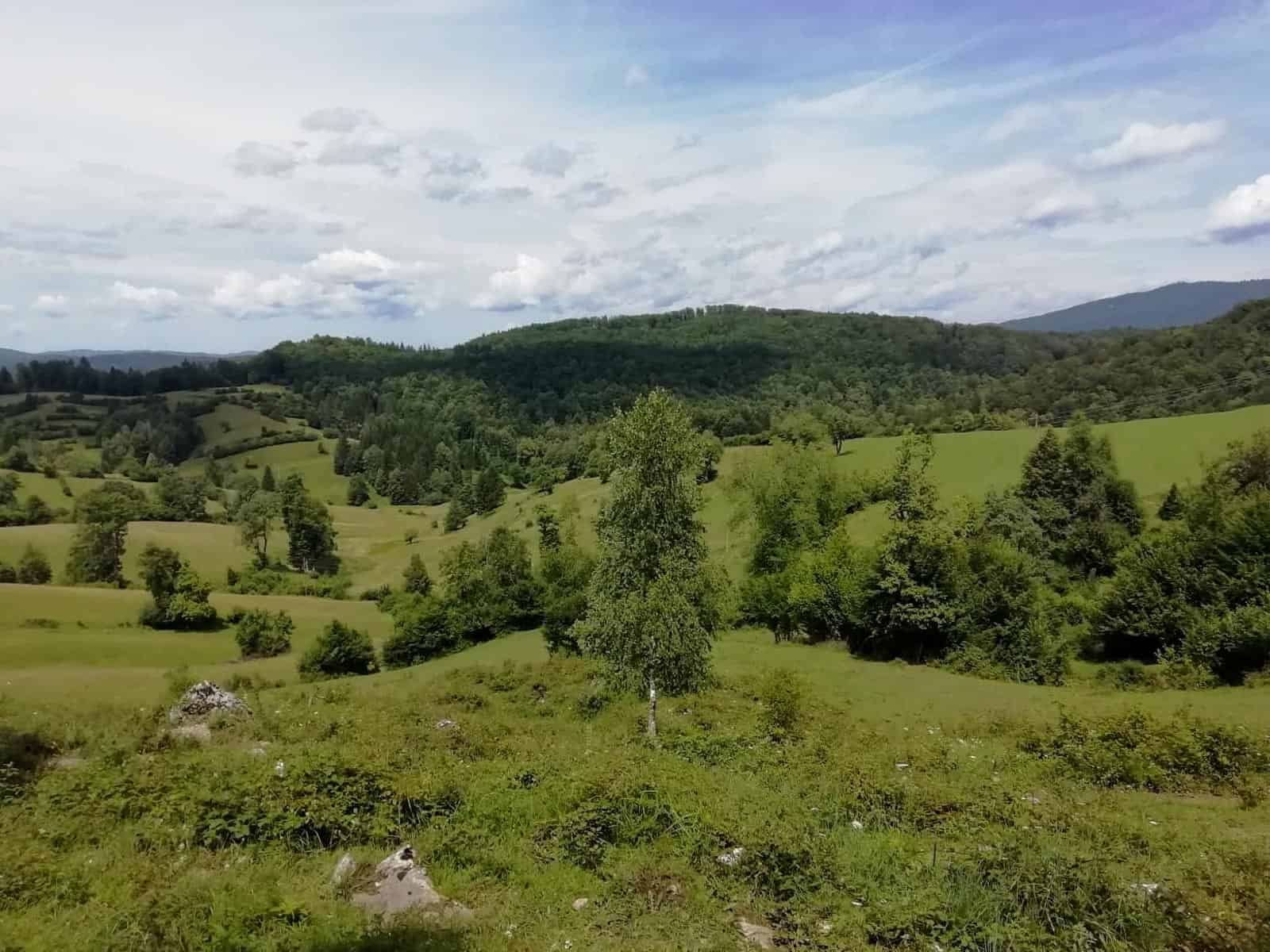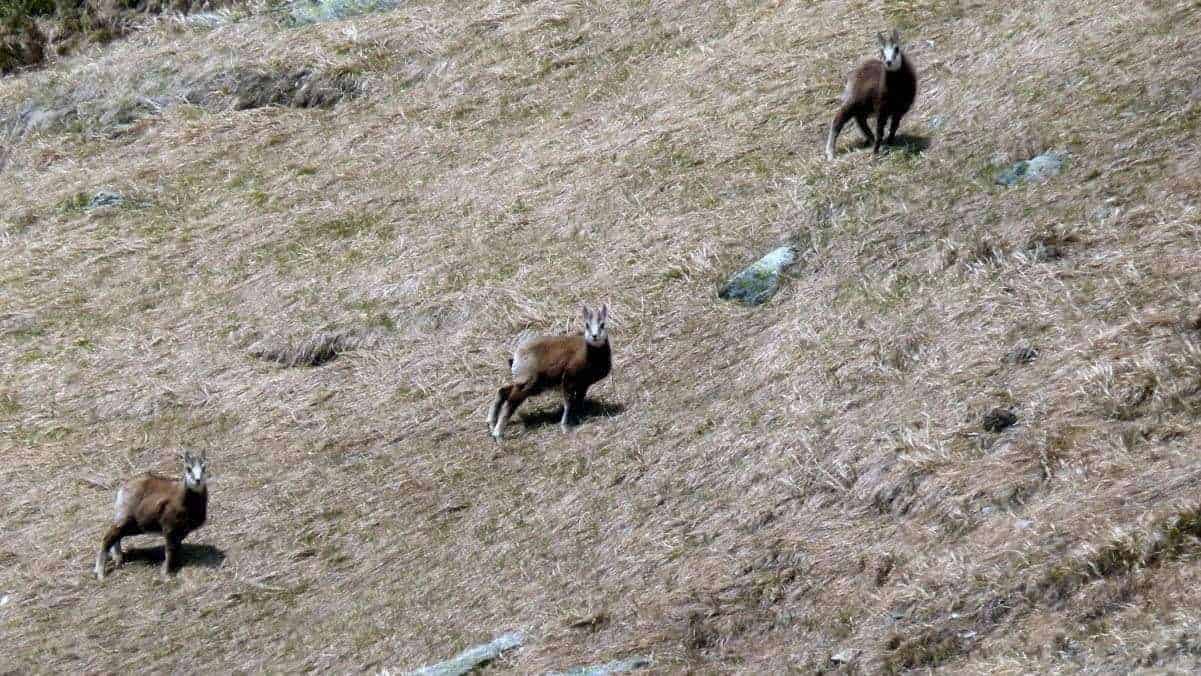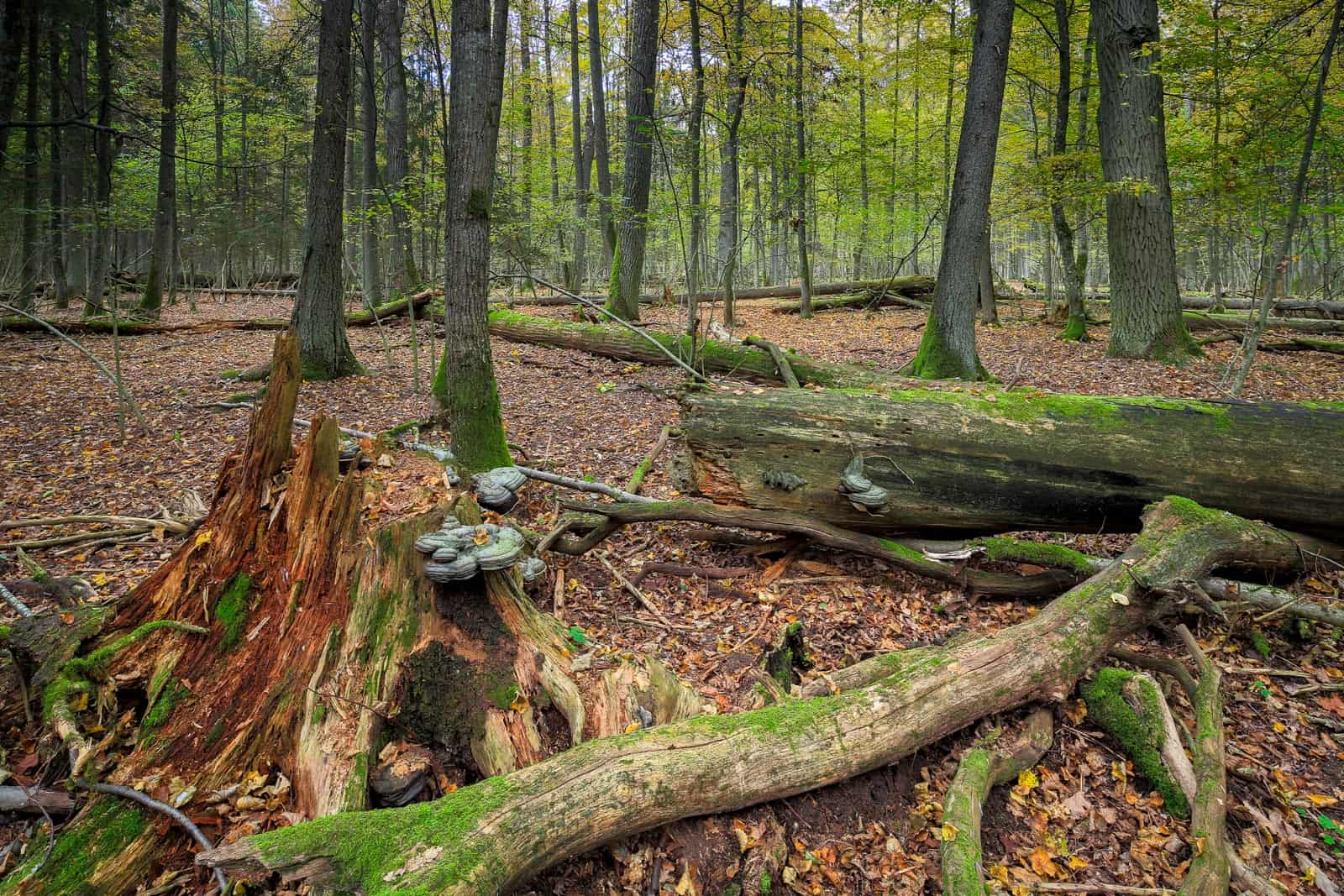Protected Areas in Albania threatened for infrastructure development
The new publication of the National Territory Council’s (NTC) draft decision No. 10., has put Albania’s Protected Areas in the spotlight once again. The draft has decided on the delimitation and internal zoning of the National Network of Protected Areas. This modification will consequently reduce, fragment and leave Protected Areas at the mercy of future infrastructure development. The NTC published the decision following the initiative that the Ministry of Tourism and Environment previously announced in August 2019.
Please also read: Vjosa National Park: Victory over hydropower on the doorstep
Consequences for the future of Protected Areas
Firstly, the draft decision deletes from the map about 15 000 ha of Protected Areas. It will exclude entire areas such as Nikolica, Piskal-Shqerri, Luzni-Bulac and Dardhë-Xhurrë from the European Protected Area Network (EPAN).
Secondly, it will reduce many of the existing Protected Areas by modifying their borders or creating exclusion areas within their boundaries. By doing so, it will exclude traditional agricultural landscapes, as well as urban areas, from the Protected Areas of Divjaka-Karavasta, Butrint, Vjosa-Narta and Buna-Velipoja, among others. In other words, the aim of this modification is to leave open space for urban development and other infrastructure and energy projects within the Protected Areas.
Certainly, one of the most notorious cases is the creation of an exclusion area within the Vjosa-Narta Protected Landscape. Especially for the construction plans of the Vlora airport and future touristic resorts. This conflicts with national laws and international biodiversity agreements. In addition, this is extremely concerning given the importance of Vjosa-Narta in the Adriatic Flyway. Hence, the construction of the international airport and the huge touristic resort plans, not only will damage the natural values of the site irreversibly, but also negatively affect the biodiversity of the entire European continent.
Finally, the new proposal also reduces the initial 15 National Parks to 10 by downgrading their protection category. For example, it downgrades Bredhi i Drenoves National Park to Protected Landscape, while it categorises Qafeshtame National Park now as Nature Park. Moreover, it also downgrades two Strict Nature Reserves, which are the best examples of wilderness. One of them is part of the new Albanian Alps National Park (including 2 previous National Parks). Similarly, the other one is united with a bigger area and converted into a Nature Managed Reserve (IUCN category IV).
The magnitude of the threat
To sum up, the draft decision represents a great danger to Albania’s nature protection because:
- Although increases the total surface of Protected Areas from 17% to 20%, existing Protected Areas with plans for development are dramatically impacted and reduced (up to 20%). This is the case for most Protected Areas located in the west coastal zone. Further, to compensate this reduction, they enlarged some areas and proclaimed new ones where human pressure does not exist.
- Creates a dangerous precedent that can leave space to be replicated in the future from the government to accommodate the development needs within the Protected Areas.
- Finally, gives to the management authorities of Protected Areas no legal tool/legitimacy to control activities on these areas anymore.
The legitimacy of the process
The process, initiated in August 2019, was led by the National Agency of Protected Areas (NAPA). The NAPA is a government agency that focuses on the management of the Protected Areas in Albania. Half a year later, in February 2020, the NAPA finalised the process. It presented it to institutions, NGOs and donors as one of the achievements of the Ministry of Tourism and Environment. As a result of this process, they would specify and identify in a final and mapped way the entire Network of Protected Areas.
NAPA emphasises that it took care that the process has undertaken about 44 public hearings with stakeholders across the country. Nevertheless, various NGO groups and academia representatives have previously voiced their concerns about the transparency of the process. They report that NAPA conducted the public hearings not in accordance with the previsions of the law.
Opposing arguments
We have emphasized before that the announcement, the review or the removal from the network of a certain area must go through a standardized process of scientific research, extensive consultation with stakeholders and inter-institutional approval. Unfortunately, even though we insisted for it during 2019, this did not happen.
Prof. Aleko Miho – Head of the Botany Group at the Department of Biology, Faculty of Natural Sciences
Furthermore, during the final phase, NAPA has been accused to ignore all the arguments and opposition expressed by NGOs regarding the review of Protected Areas, sending to NTC the study on which the draft decision is based.
We consider this decision of NTC as harmful, non-transparent, and unfounded in the principles of nature preservation. It will most likely precede the damage of the most valuable part of the Network of Protected Areas in Albania. For this reason, we call on the Prime Minister Edi Rama, in the capacity of the head of NTC, to annul this decision.
Olsi Nika – Director of EcoAlbania

